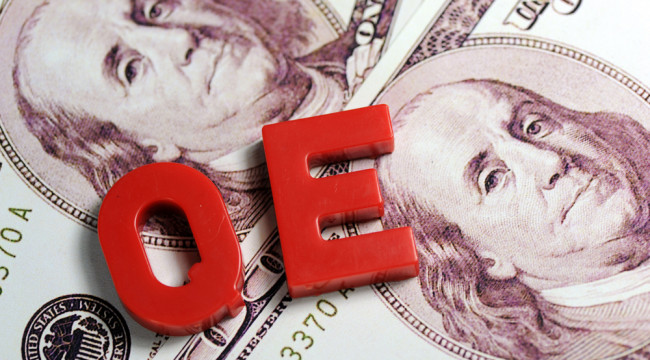Going Into Easing Mode
LONDON — Many thanks to Jim for an insightful piece yesterday on why a market panic in one part of the globe can spread like a virus to affect everywhere else.
If you didn’t get a chance to read it, make sure you check it out here.
Jim of course was general counsel for Long Term Capital Management when it had to be bailed out in 1998.
So he knows a thing or two about market contagion. He watched as a crisis that started in south east Asia hopped from market to market like a tsetse fly, eventually taking down the hedge fund he worked for (and most of his net worth with it).
And here we are again. A crisis heading from east to west that’s now arriving on these shores.
Only this time it’s the world’s second-biggest economy dragging the world lower (or at least that’s the popular narrative).
The Impossible Trinity
China’s central bank cut interest rates yesterday for the fifth time since November. The People’s Bank of China also said it will be injecting more liquidity into the banking system.
The rate cut failed to prevent the Shanghai Composite index closing lower, despite a rally earlier in the day.
There’s more than a whiff of panic in the air. It’s starting to look as if China’s move earlier in the month to unhook its currency from the US dollar was part of that panic.
I wrote at the time that breaking a currency peg “not only makes your exports cheaper, it also gives your central bank more room to manoeuvre. It means the PBOC doesn’t have to tighten just because the Federal Reserve does.”
That’s all because of something economists call the impossible trinity. You can only have two of the following three things, never all three:
- An open capital account, where funds can flow into and out of the country.
- An independent monetary policy, where your central bank chooses the level of interest rate.
- A fixed exchange rate, where you choose the value of your currency relative to another (usually the dollar).
China has capital controls, but they’re far from total (just witness all the money flowing out of China to buy property in London).
So for all practical purposes the capital account is open. Money flowing in puts upward pressure on the yuan, and vice versa.
If your capital account’s open and you want to choose your own interest rate, you accept that your exchange rate will fluctuate. Offer a higher rate than is available on other currencies and money flows in. And vice versa.
If on the other hand you want to choose your exchange rate, then with an open capital account you have to set interest rates to maintain that level. You lose your independent monetary policy.
It seems China’s authorities saw the writing on the wall. They knew they’d need to ease policy. That meant they’d have to stop targeting a specific dollar exchange rate.
More QE From the Fed?
The PBOC may not be the only major central bank going into easing mode.
Jim Rickards has been saying for ages that the Federal Reserve is in no position to raise rates. The market is now – belatedly – in agreement.
Here’s an example from July, a couple of weeks before China’s currency move, when Jim was writing about gold:
If the Fed maintains its kamikaze tight money mantra in the middle of a deflationary currency war, then gold and other commodities could go a bit lower. My expectation is the Fed will wake up to the damage done and reverse course; possibly even launching QE4 in 2016.
Now the mainstream is starting to get in on the act. Former US Treasury Secretary Larry Summers, who I took a pop at on Monday, went on Twitter that day to suggest more Fed easing could be coming down the track:
[Ed note: If you’re not getting Jim’s insights via our Strategic Intelligence newsletter, you really should be. Find out more here]
Uncertainty over central bank policy makes it tricky if you’re investing in shares.
On the one hand, the recent rout could be the start of something very ugly. But on the other, a fresh dose of easy money could push asset prices even higher than they were before.
Fact is, no one can know which way it’ll go. The solution is to have a balanced portfolio. You have some money in shares, but you’re not “all-in”.
That means you can be patient and ride out the inevitable bumps – and outright crashes – that are part and parcel of investing in stock markets.
An alternative is you try and time the market, getting out of stocks ahead of trouble and getting back in before things improve again.
If you try this and you pull it off, can I borrow your crystal ball?
Until next time,
Ben Traynor
for The Daily Reckoning, U.K.
P.S. Be sure to sign up for The Daily Reckoning — a free and entertaining look at the world of finance and politics. The articles you find here on our website are only a snippet of what you receive in The Daily Reckoning email edition. Click here now to sign up for FREE to see what you’re missing.




Comments: